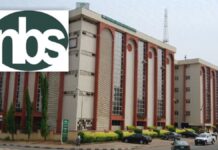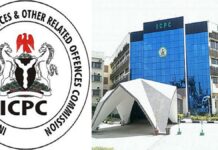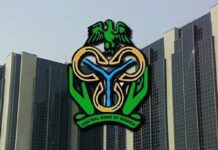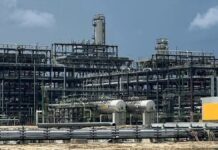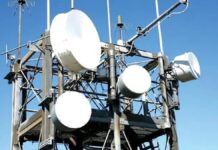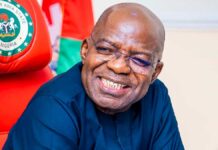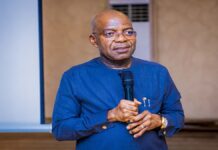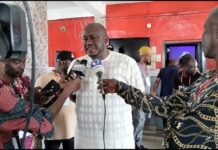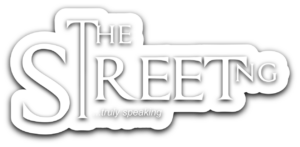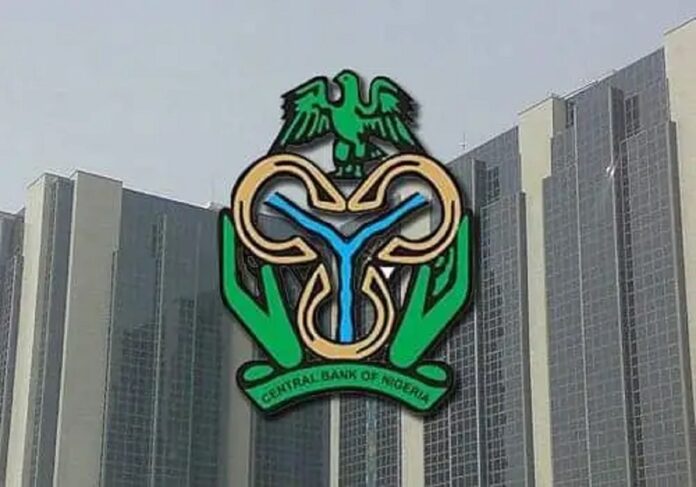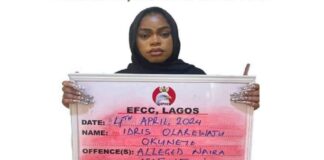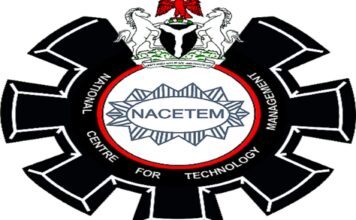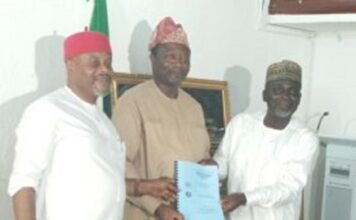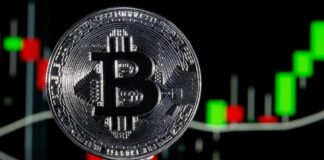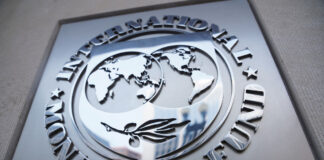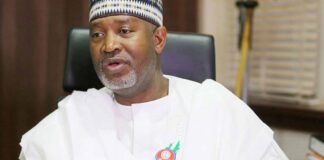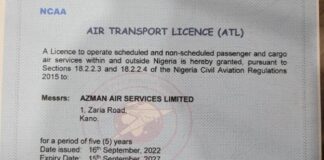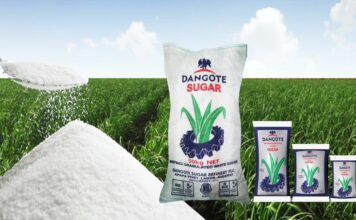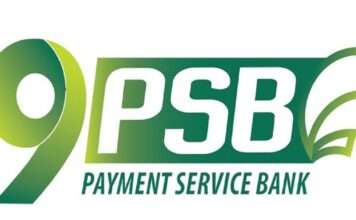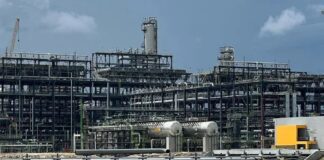Trending Now
Politics
Top Stories
Business & Finance
UBA’s Leo Celebrates 6 Years of Impact, With New Offerings
United Bank for Africa (UBA) Plc is celebrating the 6th year of operation of its flagship artificial intelligent Digital Assistant and Chatbot - Leo, and has announced new offerings aimed towards deepening the face of digital banking in Nigeria.
Fidelity Bank to Raise N32bn from Shareholders
Fidelity Bank Plc has proposed a capital raise of N32 billion from its shareholders to drive the lender’s growth agenda for the financial year 2024.
Moniepoint Introduces New Initiative to Reward Customers
Moniepoint Microfinance Bank (MfB) has introduced a new initiative “Moniepoint Personal Banking Refer and Earn” programme aimed at rewarding its customers this Christmas season.
Insurance Companies Collect N729.1bn Premium in First Three Quarters of 2023
Insurance companies collected N729.1 billion as premium in the first three quarters of 2023, an increase of N196 billion over the N532.7 billion collected in the first three quarters of 2022.
Experts Applaud CBN Over Planned Recapitalisation of Banks
Two financial experts have commended the Central Bank of Nigeria (CBN) for its plan to further recapitalise Deposit Money Banks (DMBs) in the country.
Economy
News
Sports
Dortmund ready for PSG rematch after epic win over Atletico
Borussia Dortmund are relishing a rematch with Paris St Germain in the Champions League semi-finals.
Technology
Cryptocurrency
Health
Features
Entrepreneurship
Dangote refinery thirsty for crude but short on credit
Nigeria's Dangote refinery, the $20 billion plant funded by Africa's richest man, is having trouble reaching its full refining potential
Telcos Want FG to Address Pricing Challenges, Others
Telecom operators in Nigeria have on Thursday urged the Federal Government to facilitate a constructive dialogue with industry stakeholders to address pricing challenges
Nigeria, 15 Other Countries Get $36.5m to Eliminate Trachoma
Nigeria and 15 other countries have been boosted with 36.5m dollars in new funding, to eliminate trachoma in their countries.
UN Agencies, Partners Inaugurate New Global Campaign to Boost Lifesaving Vaccinations
Two UN agencies alongside the Bill and Melinda Gates Foundation and the global vaccine alliance Gavi launched a collaborative campaign to boost global vaccination programs, marking the beginning of World Immunization Week.
